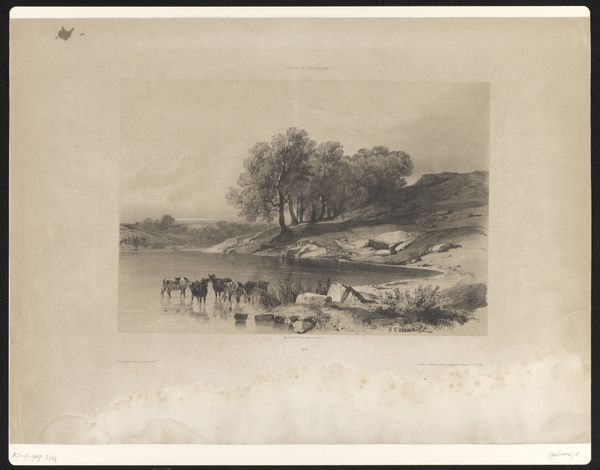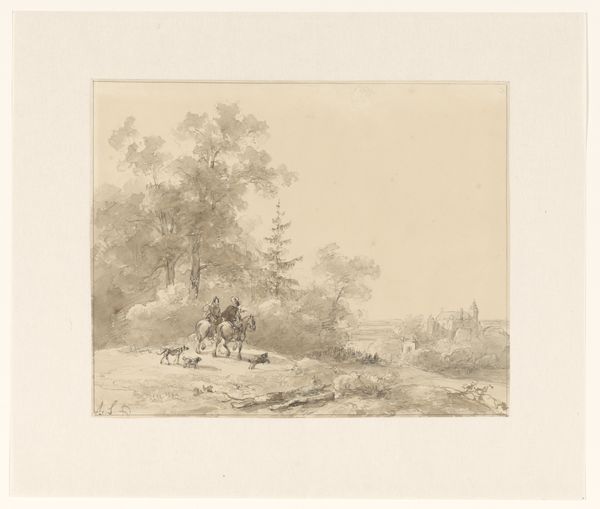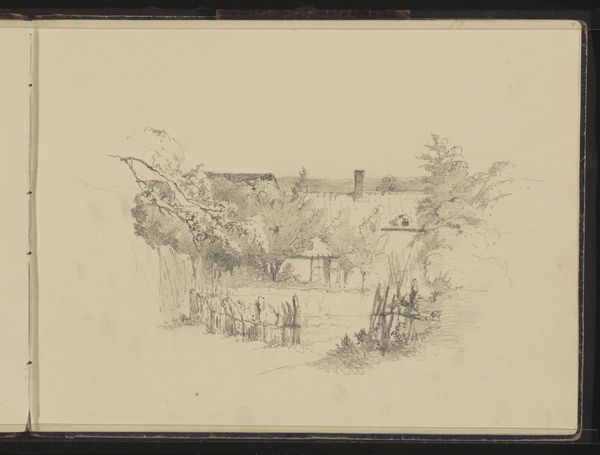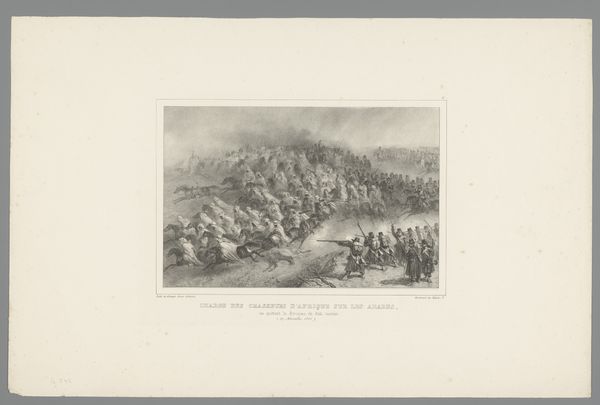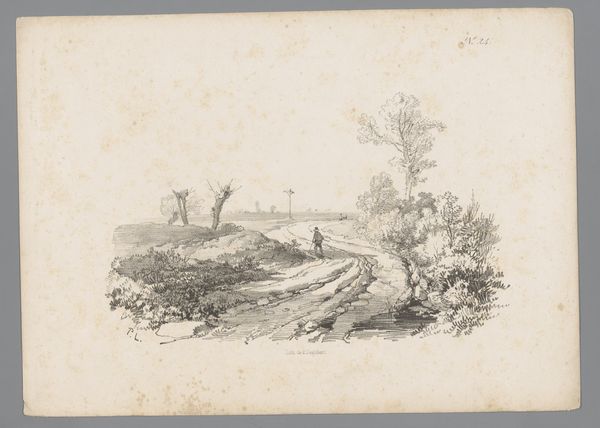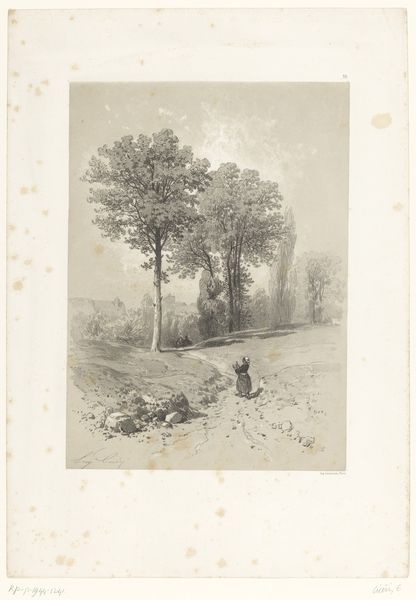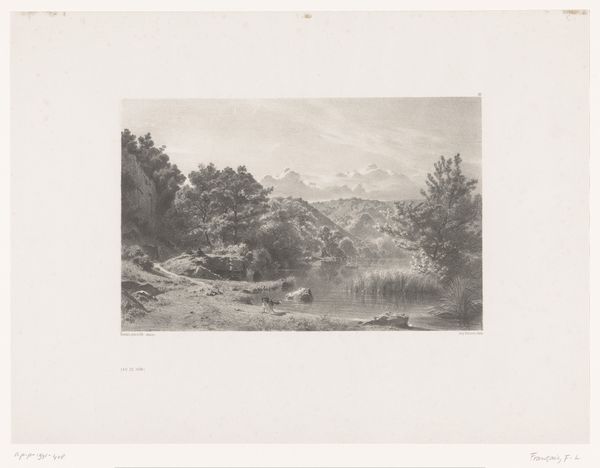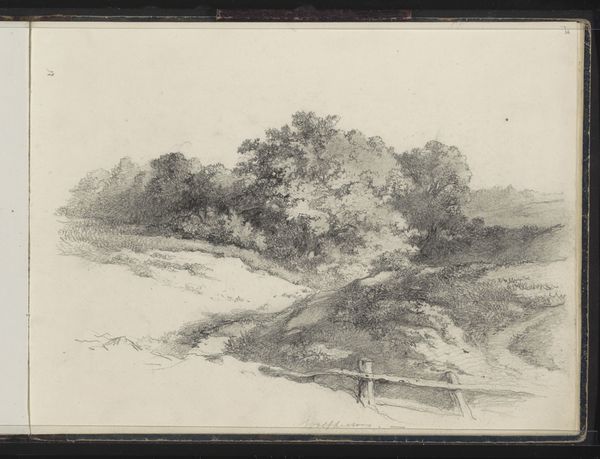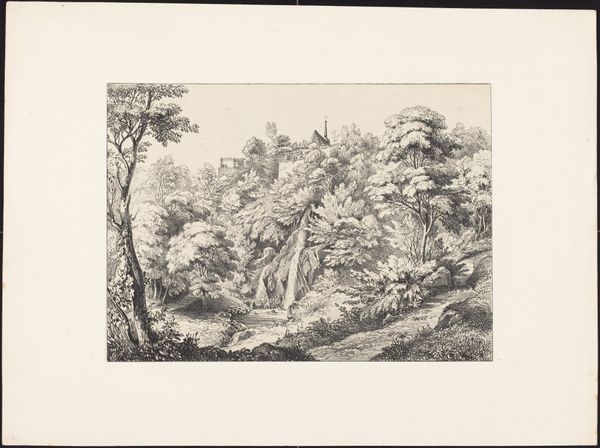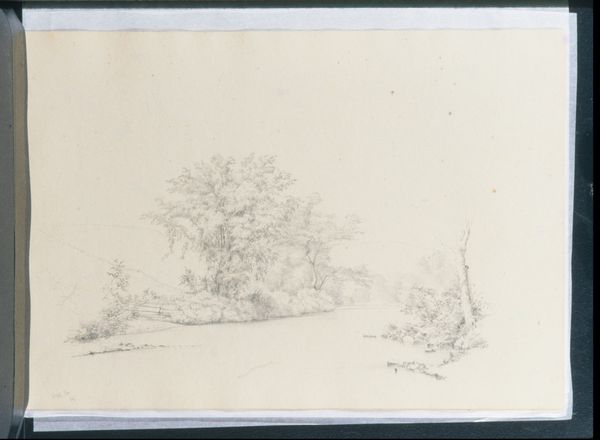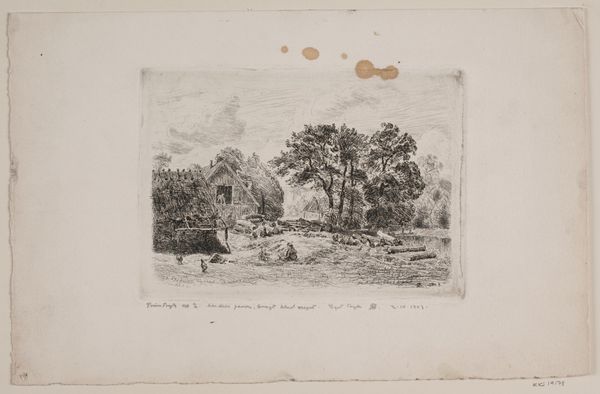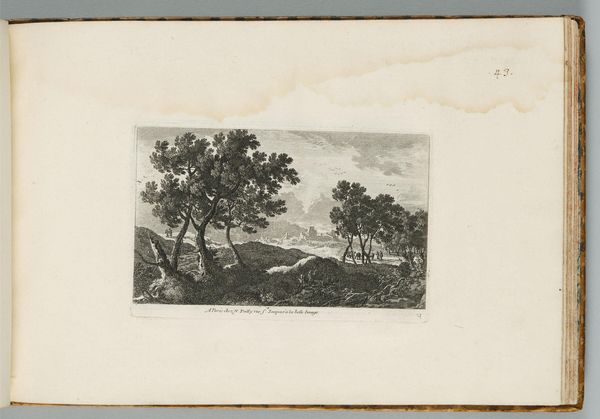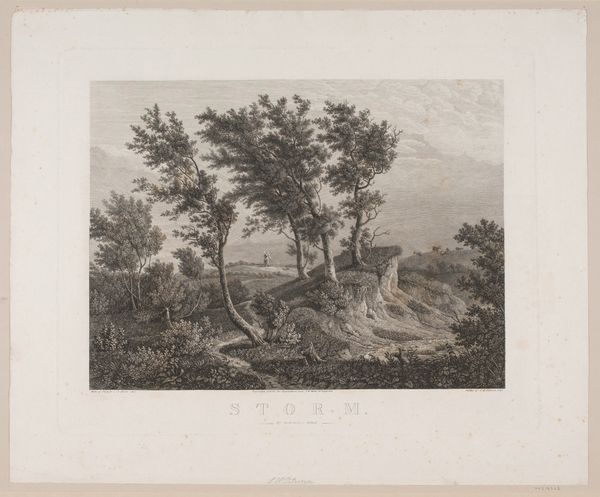
drawing, print, etching
#
drawing
#
narrative-art
# print
#
etching
#
landscape
#
history-painting
#
realism
Dimensions: Image: 17 1/16 × 27 3/16 in. (43.3 × 69 cm) Sheet: 26 1/8 x 17 1/8 in. (66.4 x 43.5 cm)
Copyright: Public Domain
Curator: What a compelling image. This is "The Army of the Potomac," an etching and drawing from 1863 by John Badger Bachelder, now held at the Metropolitan Museum of Art. Editor: It’s incredibly detailed, almost overwhelming. There's a huge amount of activity represented. It seems to depict… the movement of an entire army through rough terrain. I notice it is full of organic materials as well: paper, ink, ground and lumber to drag the army across it. Curator: Precisely. Bachelder, known for his meticulous documentation of Civil War battlefields, presents here more than just the war. It represents the vast logistics and movement required to facilitate it. The work offers us a peek into the landscape as a witness of an enormous socio-political conflict. Editor: You can almost feel the weight of the supplies being moved, feel the labor invested into this scene! I’m also intrigued by the decision to render this with such a detailed etching. There is the implication that this document intends to convey authenticity to a wide viewership. The artist had to use such means of print in order to distribute them en masse. Curator: Absolutely. The print medium allowed for wide dissemination, reinforcing specific narratives about the war and the Union army. We can look at its strategic use of scale as it affects how one receives such narrative. Its realism, though painstakingly created by an artist, had its public role of documenting truth during the Civil War. Editor: And consider the sheer skill involved in etching such intricate detail! From the soldiers to the foliage, everything is rendered with impressive accuracy, reflecting not just the event but also the skilled labor necessary to create it. It almost elevates landscape to…to a participant, really, by rendering nature almost to submission with men and their machines of war. Curator: Yes, there’s a tension there. The detailed landscape serves both as backdrop and testament to the sheer scale of the war effort. In the end, that speaks to its cultural power of influencing how future generations understood the war through imagery. Editor: Seeing such an emphasis on the materials and means of both representation and conflict makes you consider everything involved—labor, production, even the consumption of images. Very affecting piece, I think. Curator: Indeed. It pushes us to think critically about how images of war were created, distributed, and consumed during a pivotal moment in American history, reinforcing the significance of social-political forces.
Comments
No comments
Be the first to comment and join the conversation on the ultimate creative platform.

